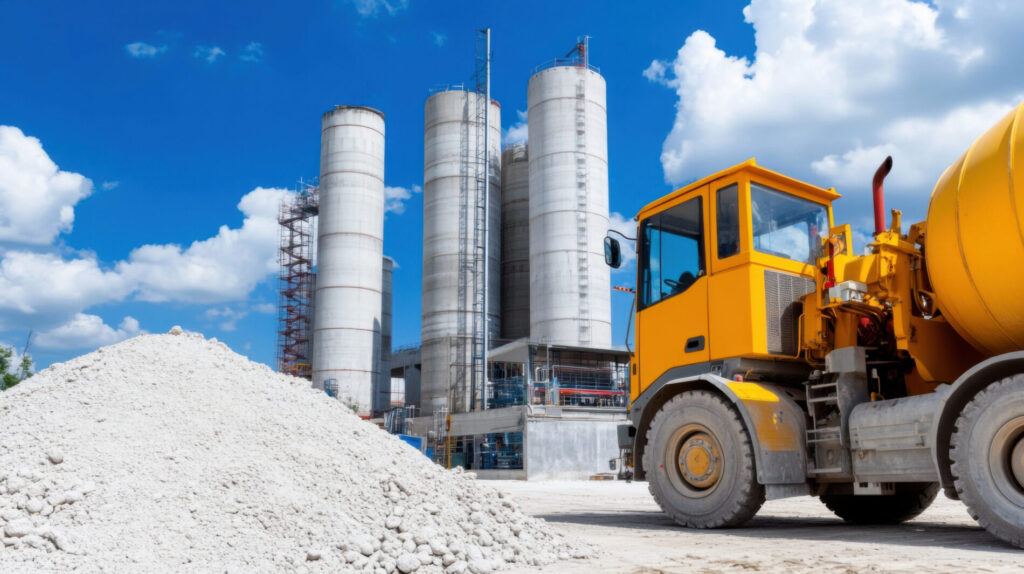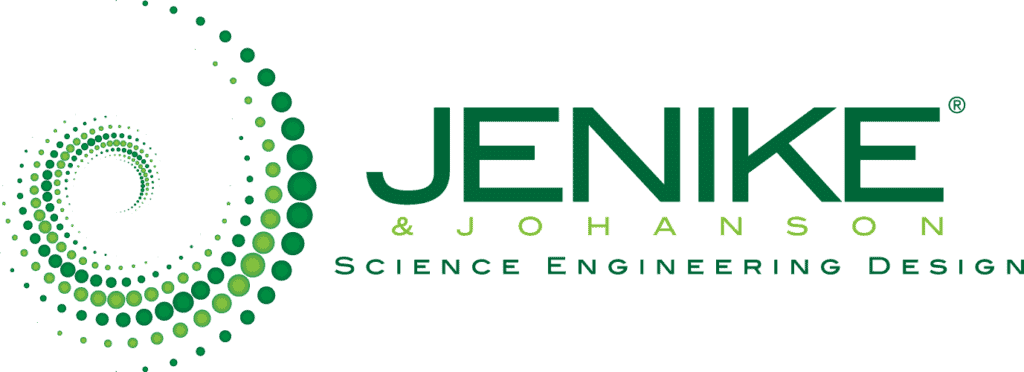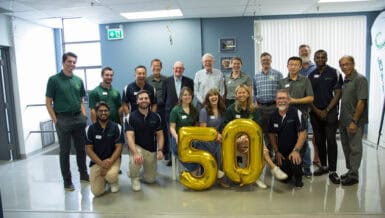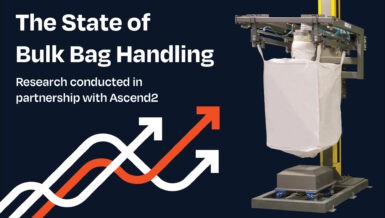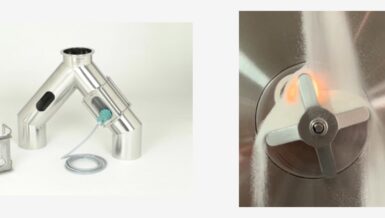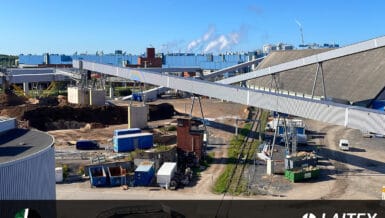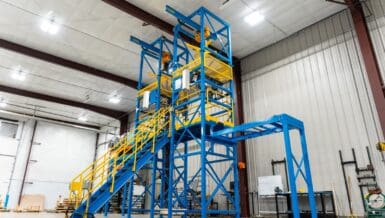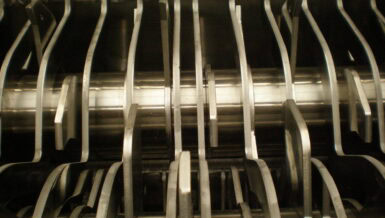If we add that the average startup time for plants handling bulk solids was 18 months versus 3 months for plants handling liquids and 80% of those plants experienced bulk solids handling problems linked to physics and mechanics of processes rather than to chemistry (according to recent studies) then we are facing projects that must be carefully planned, engineered and executed to minimize the risk of failure or delays.
Stages of a bulk solids handling projects
While it sounds difficult and complex, it is not impossible to achieve a successful outcome in the bulk solids handling field if proper attention to details and a clear understanding of the project goals are always hand in hand during the execution of each stage. Therefore, the following paragraphs contain a general description of stages that may be part of a bulk solids handling project. Please note these stages may or may not be required, or other stages may be added, all depends on the goals and requirements/constrains of each project.
Audit and goals definition of new/modified system
It is always crucial to start with a proper audit/interviewing stage to understand the process to be implemented or modified. The owner’s personnel at different levels and departments should be part of this audit and goal definition stage. Two of the critical skills for this stage is to have the expertise in bulk solids handling and the specifics of the industry such as the knowledge of adequate equipment to handle the bulk solids as well as common problems encounter in each industry including regulations. Asking the right questions at the beginning of the process will allow the project team to define those goals that are crucial for the owner’s team.
Basic engineering definition
Bulk solids physical properties to measure flowability (e.g., friction, cohesion, bulk density) are important because they vary from one solid to another, and these properties affect the behavior of the handling material considerably. Bulk solid’s flow properties can vary dramatically with changes in numerous parameters, including particle size, moisture, temperature, and consolidating pressure. Established design procedures include selection of the optimum hopper angles and minimum outlet dimensions for storage equipment, permeability for critical solids flow rate, critical chute angles, belt surcharge and inclination angles for conveying belt design, etc. Basic concepts such as mass flow, funnel flow, expanded flow, ratholes and arches are important to understand and apply during the basic engineering development.
Structural and mechanical design of equipment
Once the basic engineering has been defined, it is time to develop more detailed engineering of the bulk solid handling equipment. Structural and mechanical engineering teams will join forces to design the critical details of the equipment to ensure proper handling of the bulk solids, easy maintenance and durability of the equipment. Again, the physical properties of the bulk solids to be handled will play a key role as handling conditions of moisture content, abrasiveness, chemical composition, particle size distribution, temperature, etc. will dictate the design of the equipment such as material of construction, liners, allowance of thickness in equipment components, reinforcement, welded vs. bolted connections, etc. Other factors such as climate conditions and outage duration during installation/construction will have an influence as well on the final design of the equipment.
Equipment fabrication
No minor detail must be overlooked at the time of fabricating the bulk solids handling equipment. The equipment must be fabricated with the mindset of meeting the owner’s goals as well as incorporating the details in the basic and detailed engineering stages. Here is where all the prior stages meet to bring into reality what has been conceptualized and detailed for months. Therefore, it is critical that all the teams participating in those prior stages are involved at this stage to make sure the equipment will be built and, eventually, perform as intended.
Installation and construction
It is easy to think that everything will go smoothly during the construction of the project and installation of the equipment. However, things can go wrong, and it would be a disaster after all the effort put on prior stages for the project not to go well. The teams participating in those goal definition and engineering development must continue supervising/contributing/installing the equipment until a successful outcome is reached. There are many instances where the equipment is damaged during transportation or installation and that damage, while inoffensive for some, it may be critical for the durability and/or strength of the equipment or its performance once it is in operation.
Closing Remarks
Bulk solids handling projects may be intimidating due to their complexity to execute and implement for new or to-be-modified systems. However, having the right team on your side can drastically minimize the risks of failures and/or delays. Companies such as Jenike & Johanson can provide full engineering, fabrication and installation support from conception to operation, and ensure a successful outcome while meeting the owner’s goals.



